GEOGRAPHY TOPICAL QUESTIONS AND ANSWERS
|
KCSE Geography Paper 2 2015 Section B Question 10. (a) (i) Give two main sources of population data.
(ii) Outline the information that can be derived from a population pyramid.
(b) Explain how the following factors have led to population increase in Kenya |
Archives
March 2024
Categories
All
|
We Would Love to Have You Visit Soon! |
Hours24 HR Service
|
Telephone0728 450425
|
|
8-4-4 materialsLevels
Subjects
|
cbc materialsE.C.D.E
Lower Primary
Upper Primary
Lower Secondary
Upper Secondary
|
teacher support
Other Blogs
|
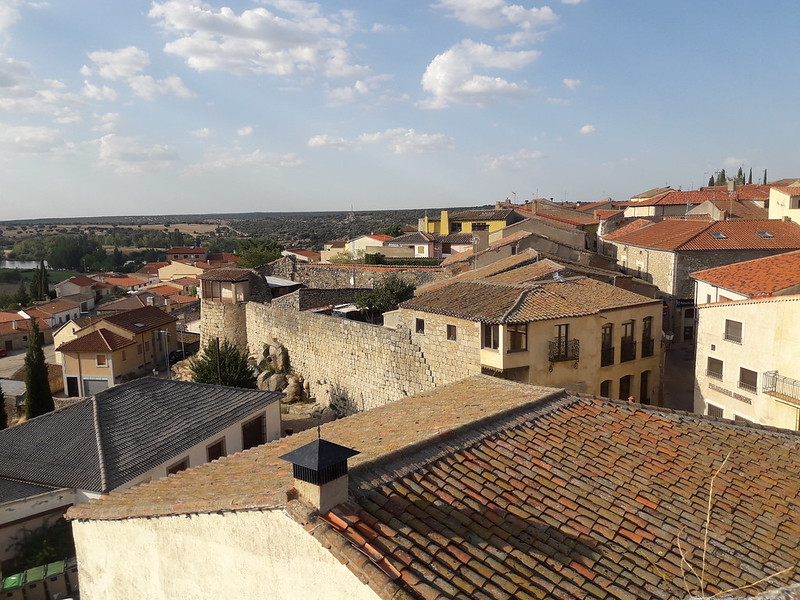
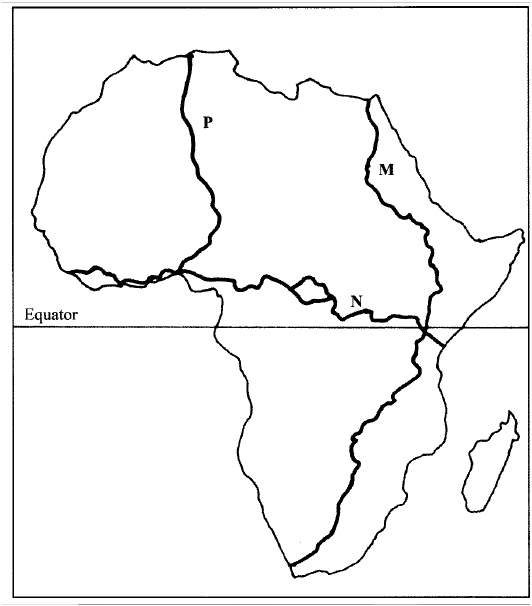
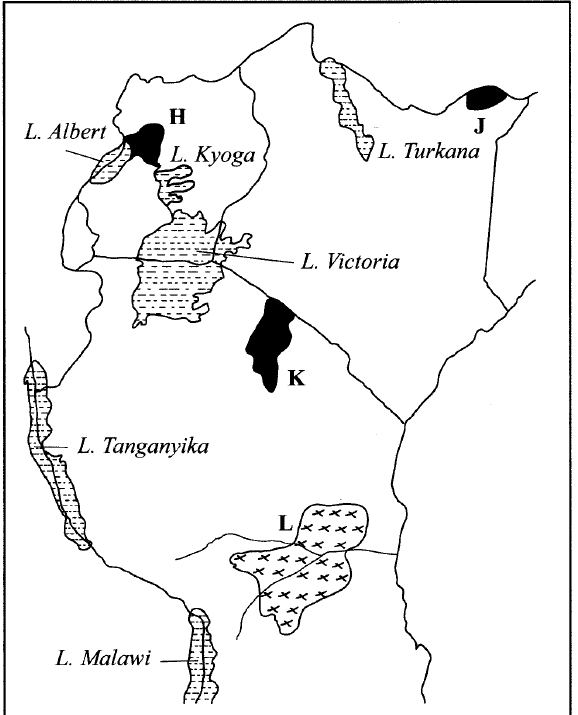
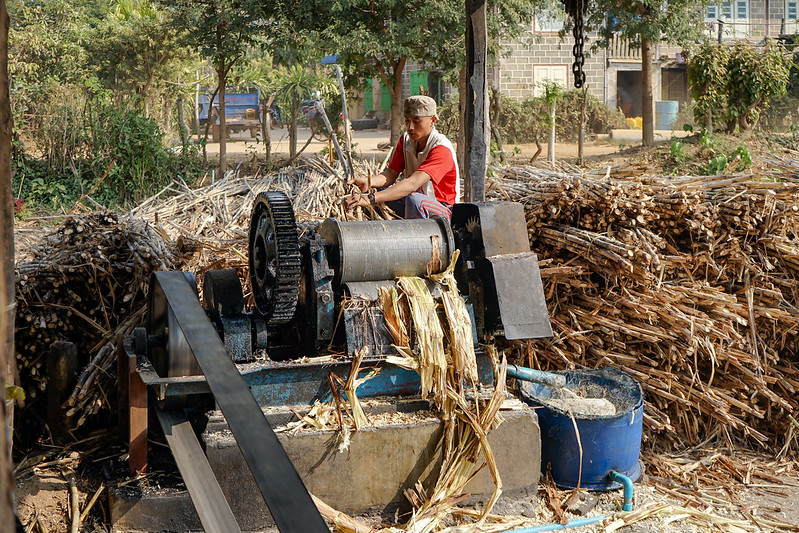


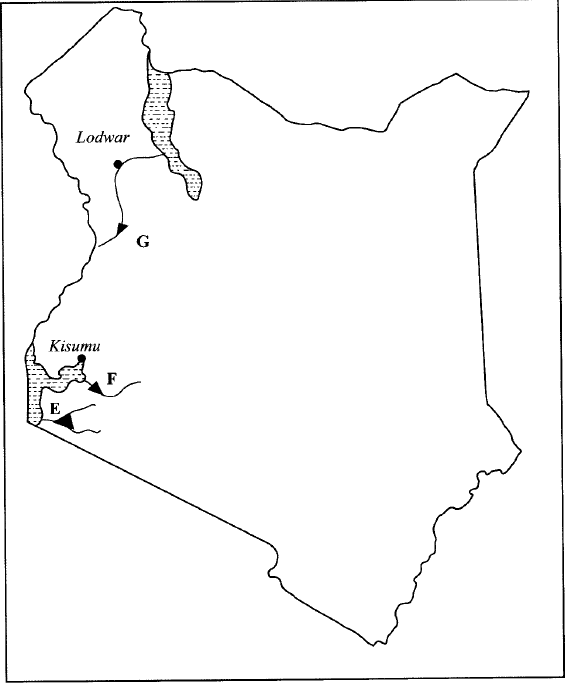
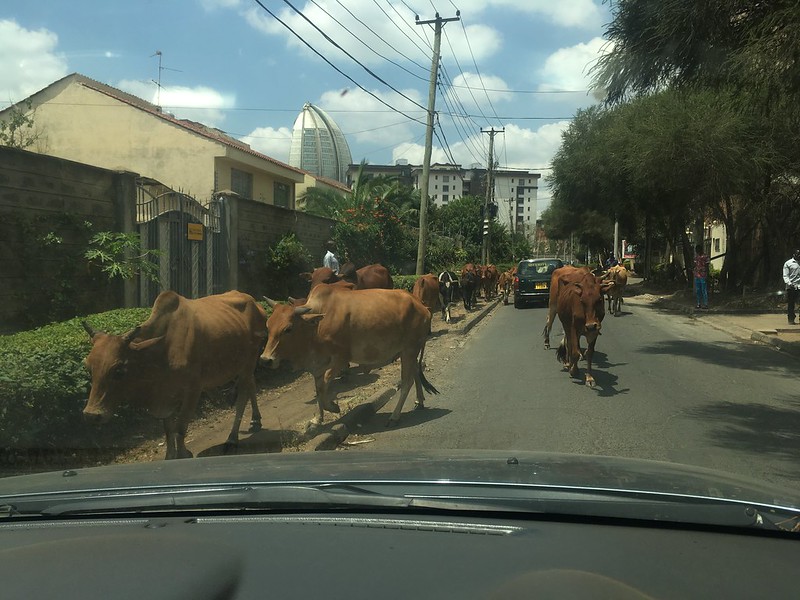


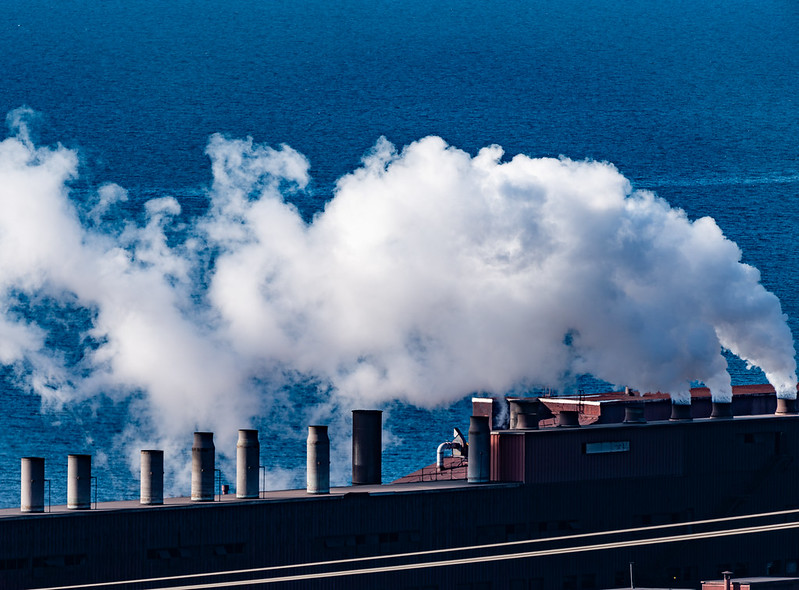
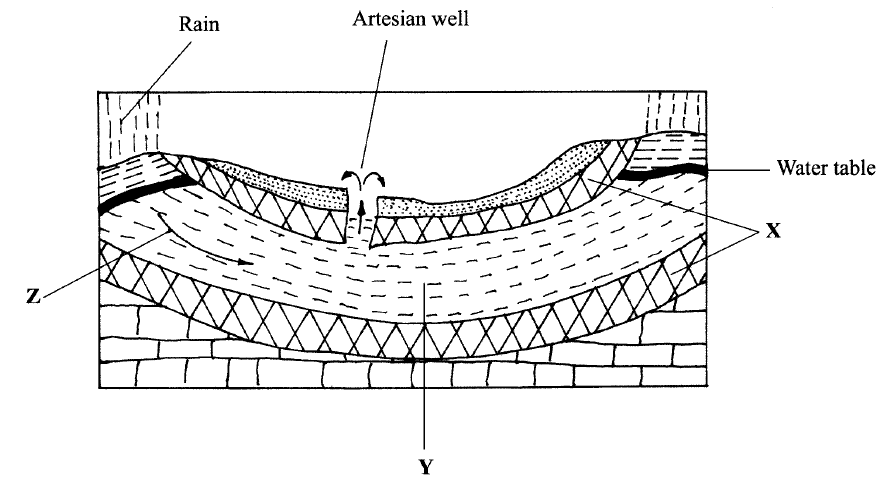


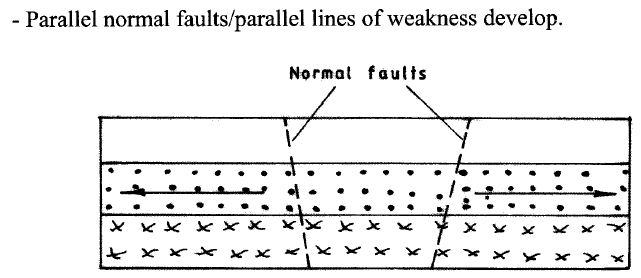
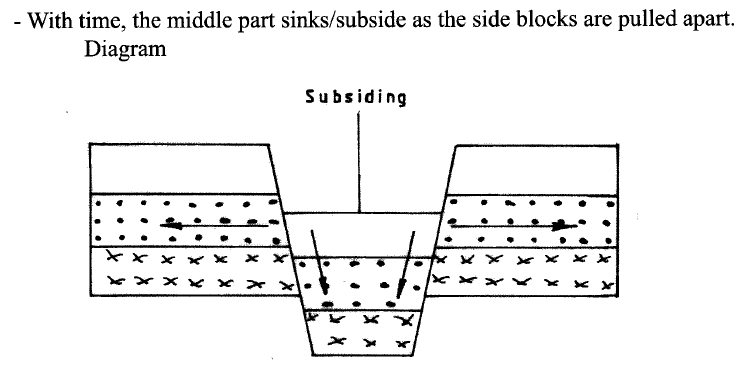
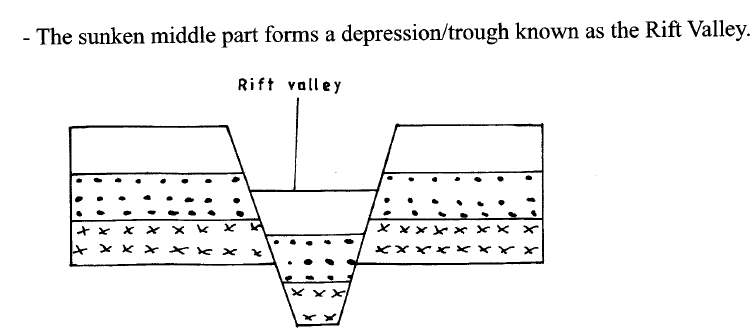
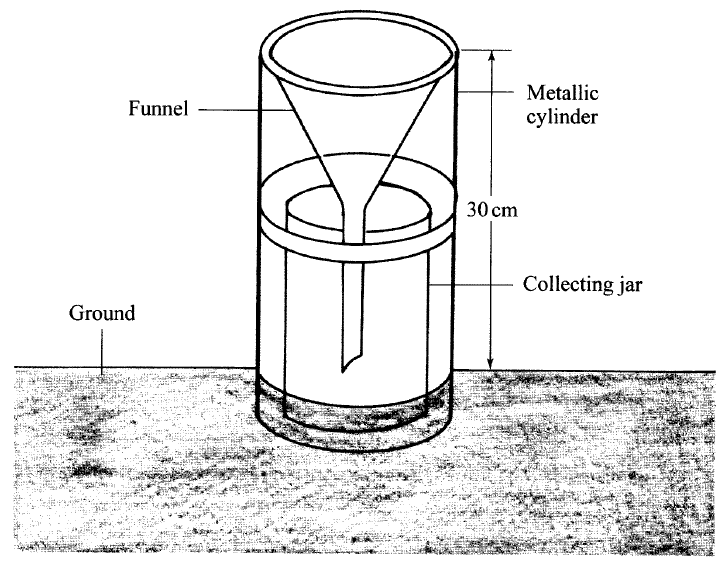



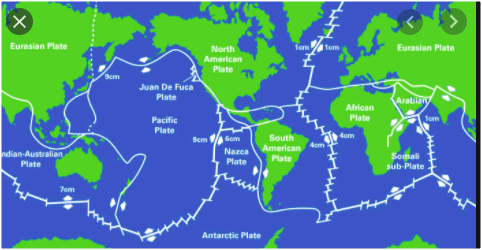

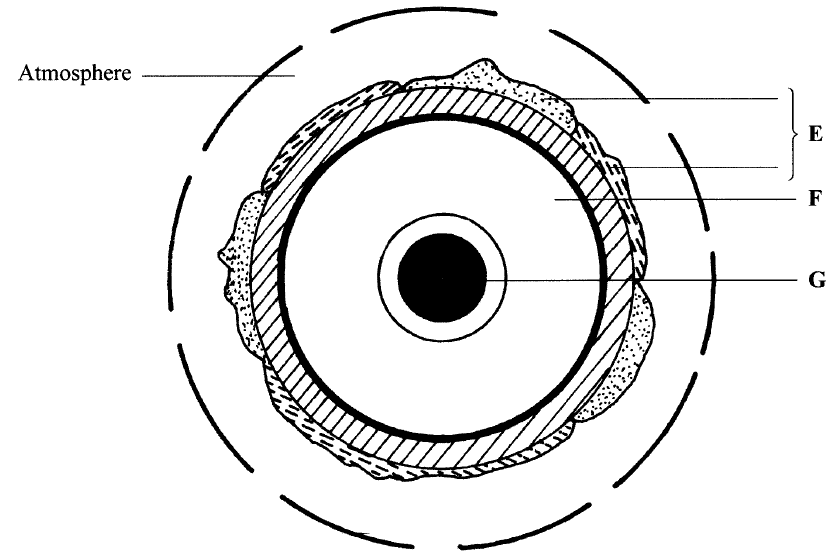
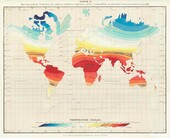
 RSS Feed
RSS Feed